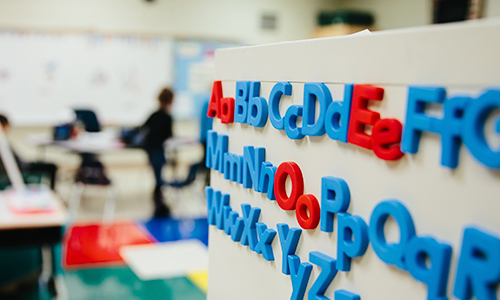English Language Learners


English Language Learners, self-efficacy, and the achievement gap
Learn more about the relationship between self-efficacy and the persistence of achievement gaps for English Language Learners.
By: James Soland
Topics: Equity, English Language Learners, Social-emotional learning


Summer credit recovery impact on newcomer English Learners
This article investigates the efficacy of a summer credit recovery program aimed at expanding high school newcomer ELs’ access to academic subjects.
By: Angela Johnson
Topics: English Language Learners, College & career readiness


A matter of time: variations in high school course-taking by years-as-EL subgroup
This study improves upon previous research by addressing this dimension of heterogeneity and reporting detailed by-subject analyses.
By: Angela Johnson
Topics: Equity, English Language Learners


Predicting time to reclassification for English learners: A joint modeling approach
The development of academic English proficiency and the time it takes to reclassify to fluent English proficient status are key issues in English learner (EL) policy. This article develops a shared random effects model (SREM) to estimate English proficiency development and time to reclassification simultaneously, treating student-specific random effects as latent covariates in the time to reclassification model.
By: Tyler Matta, James Soland


Increasing parental involvement of English language learner families: What the research says
The nearly 10 million English Language Learners (ELLs) represent the fastest-growing segment of the US’s public school student population. While research continually finds that ELL parents, generally speaking, place a high value on their children’s education, many immigrant, refugee, and ELL parents experience their relationships with their children’s schools very differently from mainstream English-speaking families.
By: Beth Tarasawa, Jacqueline Waggoner


